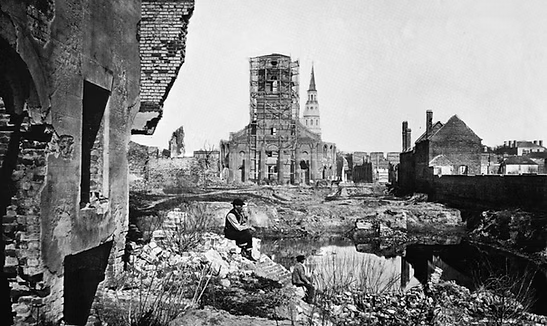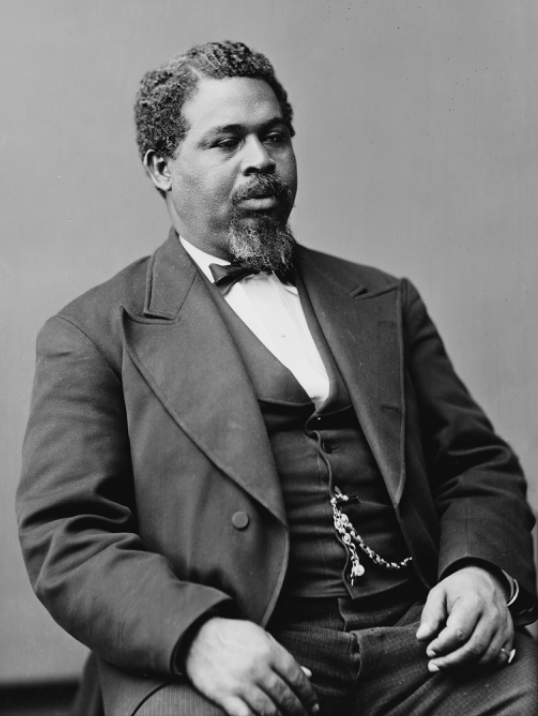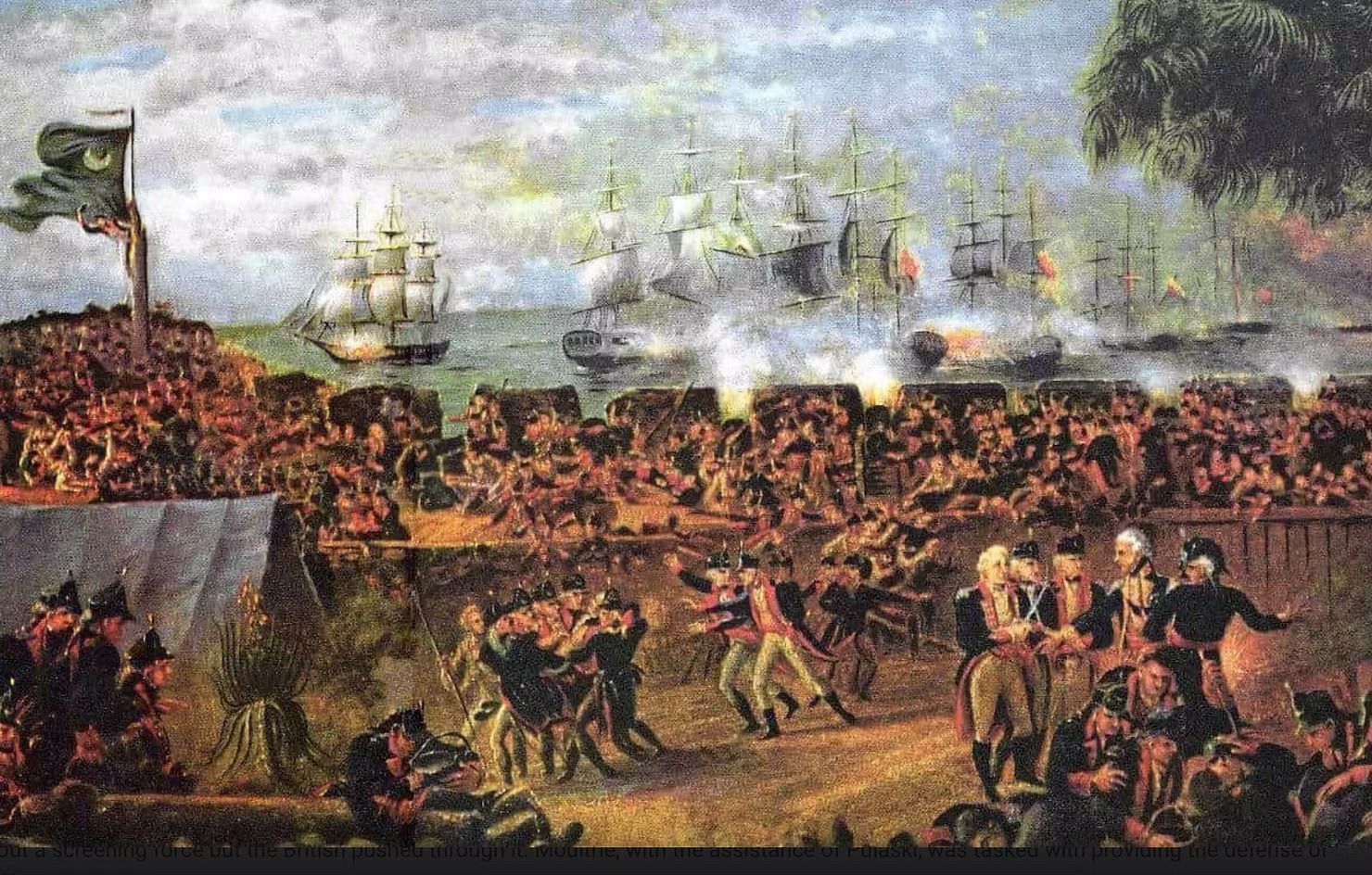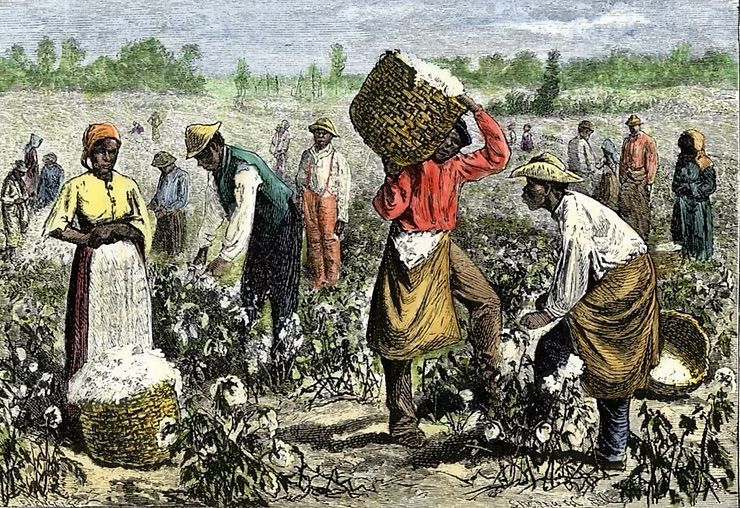How Susan Pringle Frost Ignited the Preservation Movement in the United States
Susan Pringle Frost was a remarkable figure who played a vital role in shaping the preservation movement in the United States. Born in 1870 in Charleston, South Carolina, Frost developed a passion for architecture and history early on. Her commitment to preserving old structures and historic sites not only transformed her city but also laid the foundation for a nationwide movement that continues to thrive today.
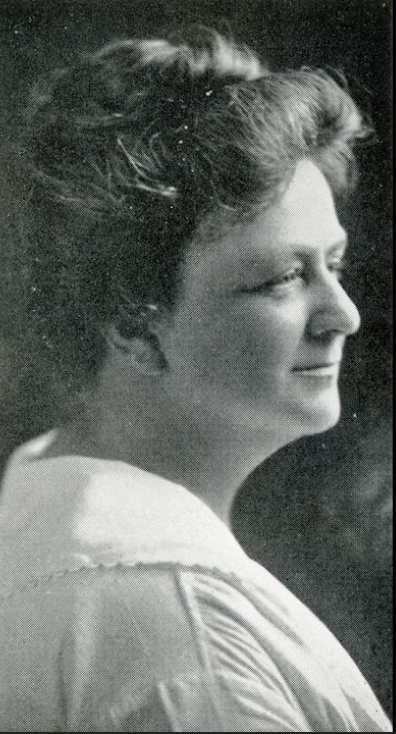
Early Life and Influences
Frost's upbringing in the historically rich city of Charleston fostered a deep appreciation for preservation. Surrounded by some of America's most iconic architecture, she learned early on how important it is to maintain the past for future generations. However, it was the controversial demolition of the historic Joseph Manigault House in 1920 that compelled her to take action and advocate for preservation. This incident sparked her realization that many cities faced similar threats, which fueled her drive to promote conservation efforts.
Founding the Preservation Society of Charleston
In 1920, Frost co-founded the Preservation Society of Charleston in response to urban development threats endangering historic buildings. With a mission to defend Charleston's architectural heritage, the society quickly gained traction and became a model for ensuring preservation across the country. One notable campaign led by Frost was the successful effort to save the 18th-century Heyward-Washington House. This grassroots initiative showcased how citizens could rally together to protect cultural landmarks, ultimately leading to a heightened awareness of the value of historical sites in cities nationwide.
Legacy and Impact on Preservation Movements
Frost's influence extended well beyond Charleston; her pioneering efforts inspired cities across the United States to adopt similar preservation strategies. Historical organizations, including the National Trust for Historic Preservation, were founded, inspired by Frost's community-driven approach. As cities began recognizing the importance of preserving historic sites, new municipal and national policies emerged to protect these assets. A study showed that cities with strong preservation laws saw property values increase by an average of 20%. This proved that preservation efforts could align with urban development rather than conflict with it.
The Role of Education and Advocacy
Beyond saving buildings, Frost recognized the critical importance of education in the preservation movement. She organized lectures and guided tours to educate the public on why preserving cultural landmarks mattered. By involving community members in these efforts, she created a widespread appreciation for history. This approach empowered countless individuals to become advocates for preservation within their own communities.
Today, organizations continue to honor Frost's vision by prioritizing educational outreach. Workshops, seminars, and community events are held nationwide, drawing participation from thousands of people. These initiatives sustain the passion for preserving local history, proving that Frost's legacy endures.
A Lasting Influence
Susan Pringle Frost was a trailblazer whose dedication to preserving our historical architecture ignited a movement that reshaped America. Through her passionate efforts, she saved countless historic structures and inspired many to appreciate and advocate for preservation.
As we face new challenges in striking a balance between development and preservation, Frost's legacy remains relevant. Her work serves as a reminder of the value of our shared heritage and our ongoing responsibility to safeguard it for future generations. Each preserved building is not just a structure; it is a testament to our history and symbolizes the vibrant stories that shape our nation.
